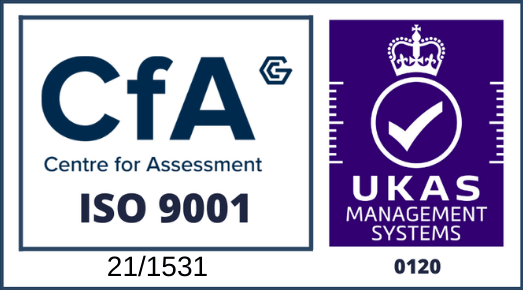As a leading manufacturer of composite products, GTR has enhanced its capability by investing in world leading scanning equipment. The procurement of Creaform Scanning Equipment for the company’s metrology department takes GTR to the next level in terms of being able to accurately and efficiently reproduce bespoke items, objects or parts for their clients through the process of reverse engineering.
Reverse engineering is the process of collecting data through digitally scanning a component or assembly. The scanners project a coded pattern of light from a white light (LED) source. This coded pattern (similar to the “white noise” pattern analogue TV sets used to emit, or, for a more recent reference, to a QR code) will match the shape of the object to be scanned. The reverse-engineering process involves measuring an object and then reconstructing it as a 3D model. The measured data alone, is usually represented as a point cloud, but lacks topological information and is therefore just an image. The image is then modelled in CAD into a more usable format that can be manipulated or optimised. GTR has an in-house design office with 12 Catia licenses and Altair Hyperworks FEA analysis. Our design engineers are placed directly in F1 and customer design offices. All GTR design engineers are capable of designing not only composite structures but also metallic, plastic and wood components.

The car is scanned by an engineer using the Creaform scanner
Reverse engineering offers several benefits. It allows for better understanding of existing systems, aiding in troubleshooting, and enabling product improvement or innovation. It can also facilitate compatibility between different systems or platforms. It requires expertise, time, and resources to perform effectively, and this is where GTR’s engineering department comes to the fore. GTR also has the strength and depth in its operations to be able to offer a complete service in reverse engineering, from scanning the objects through to having highly accurate large scale 5 axis machining in its Zimmerman FZU. GTR can even match the paint colour and finish at their in-house paint and finishing facility.

The complete scanned car
Utilising the Metrascan3D handheld device, GTR’s engineers are able to accurately capture the geometry and texture of physical objects with sub millimetre precision. The output of this scan is then imported into 3D CAD as a ‘cloud’ of points or as a stl file (tessellated 3D image) this is used to rebuild a CAD model around this image using wireframe, surface and solid modelling techniques. GTR uses F1 and automotive industry standard software Catia V5 to rebuild the CAD model. The CAD model can then be drawn up as an engineered part for either machining from a metallic material or developing into a composite structure.

The scanned CAD model of the body panel in Catia
GTR have undertaken projects including prosthetic limbs, full car scans and complex sub-assemblies of motorbike parts. Having established a full end to end product development capability, GTR offers a true reverse engineering and development solution for customers.
If you wish to know more, please do get in touch with our engineering team: info@gtrcomposites.com

